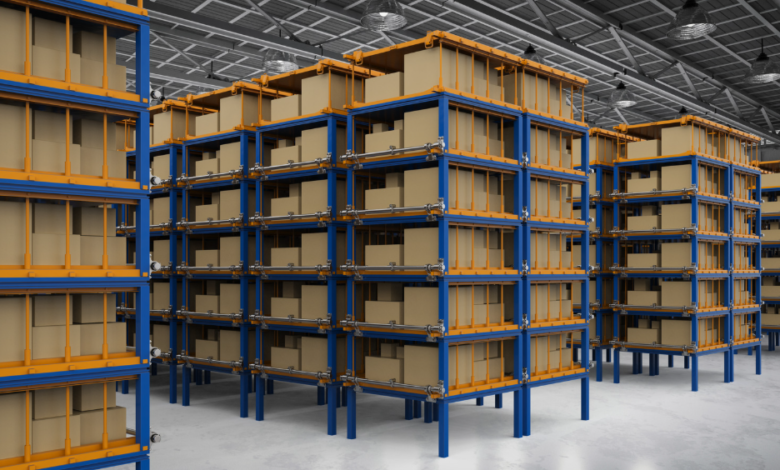Teardrop Racking vs. Other Racking Systems: Which One is Right for Your Business?

Choosing the right racking system is crucial to the efficiency, safety, and scalability of your warehouse. With a variety of systems available, it can be challenging to determine which setup offers the best fit for your storage and operational needs. Among the most popular and versatile options available today is teardrop racking, recognized for its universal compatibility and ease of use.
Before making an investment, it’s important to compare this system with other common alternatives to find the right solution for your warehouse.
What Makes Teardrop Racking Unique?
One of the defining features of teardrop racking is its boltless design. Beams easily slide into place using a punched hole configuration that resembles a teardrop, hence the name. This tool-free assembly allows for quick installation, easy adjustments, and reconfiguration as your storage requirements evolve.
These racks are typically compatible across manufacturers, giving users greater flexibility when expanding or modifying their system. Unlike welded or custom-designed frames, teardrop configurations promote standardization, which is especially beneficial for multi-location operations.
When analyzing available racking options, professionals often highlight the advantages of pallet racking systems for warehouse efficiency, particularly those that offer high adjustability, streamlined access, and quick load placement, all traits associated with teardrop designs.
Comparing with Other Racking Systems
While teardrop systems suit a wide range of storage scenarios, they aren’t ideal for every warehouse layout or inventory type. For example:
- Selective racking, including teardrop variants, offers direct access to each pallet but sacrifices storage density.
- Drive-in racking maximizes space by eliminating aisles but restricts access to first-in-first-out inventory.
- Push-back and pallet flow systems support high-density storage with automated movement but involve higher upfront costs and more complex maintenance.
Each system serves a different operational goal. Businesses storing time-sensitive products may prefer racking optimized for rotation, while others prioritize maximum capacity.
Understanding these trade-offs is key, especially when comparing the differences and benefits of warehouse racking systems, where layout, access requirements, and load weights vary considerably across industries.
Factors That Influence the Right Choice
Selecting a racking system involves more than choosing a design. Key considerations include:
- Load capacity: Heavier inventory may require thicker beams and reinforced uprights.
- SKU variety: Facilities with large product diversity benefit from more accessible layouts.
- Forklift compatibility: Not all systems suit every type of handling equipment.
- Warehouse dimensions: Ceiling height, floor space, and column placement impact system layout.
Teardrop systems generally work best in warehouses that value speed, flexibility, and cross-compatibility. However, other systems may offer higher density or flow advantages depending on your specific needs. Professional support is vital during the planning stage to ensure rack selection aligns with business operations, safety requirements, and future growth projections.
Conclusion
Every warehouse requires a racking system tailored to its storage demands, and while teardrop racking offers significant advantages in versatility and installation ease, it’s important to evaluate all options against your operational goals. By understanding the strengths and trade-offs of different systems, businesses can invest in infrastructure that supports long-term efficiency, adaptability, and safety.






